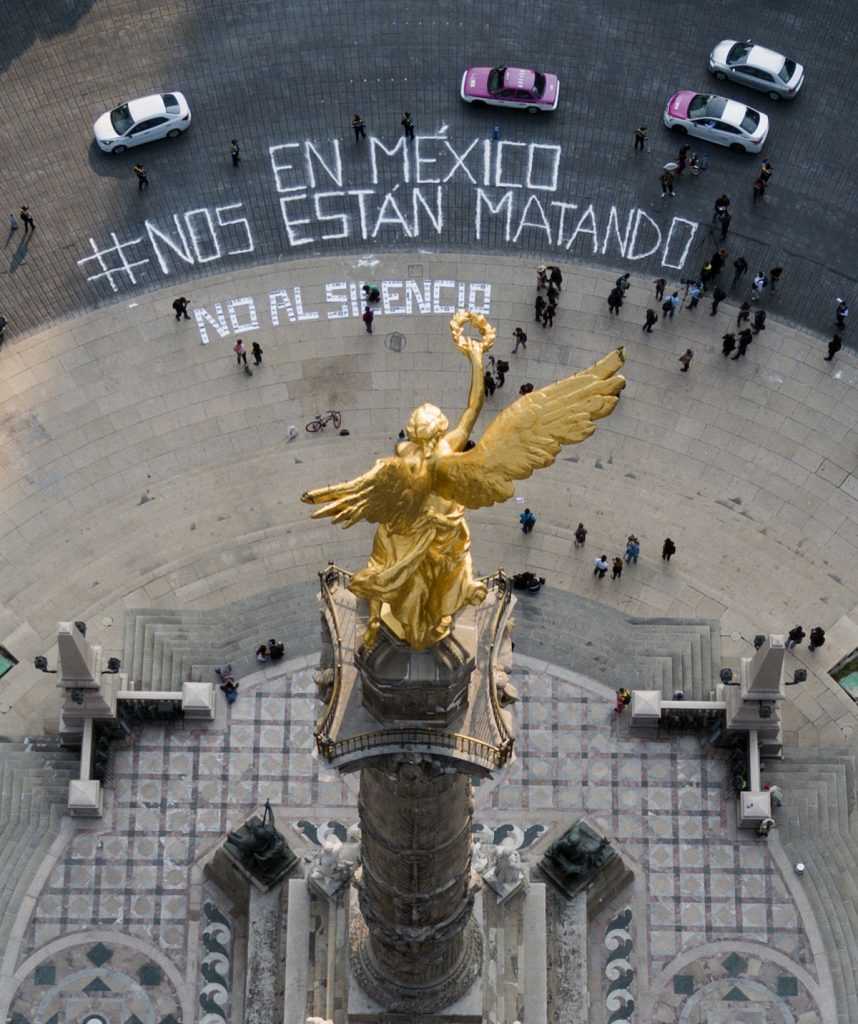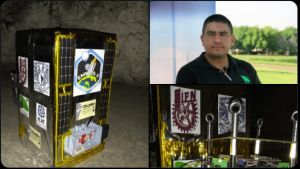MEXICO CITY – A journalist is shot dead as she pulls out of her garage in the morning with her young son. Gunmen ambush another journalist while he lazes in a car wash hammock. An award-winning reporter is hauled out of his vehicle and gunned down a block from his office.
On Monday, Javier Valdéz became the sixth journalist slain in Mexico since early March, a deadly spree unusual even in a country that ranks behind only Syria and Afghanistan for such murders. There’s no evidence directly linking the killings to each other, but collectively they are a grim signal that lawlessness and impunity continue to threaten the lives and work of journalists across much of the country.

The killings come at a time when overall homicides rose 29 percent in the first three months of the year from the same period in 2016; high-stakes state elections and a presidential vote next year have been bitterly contested; corruption scandals are regular news; and a decade-old militarized offensive against brutal drug cartels shows no sign of being won.
“Mexico has become more dangerous in general over the past year, and that is affecting the way there is more fighting,” Mexican security analyst Alejandro Hope said. “Tensions are running really high in the underworld, so I think that people that are covering this are getting themselves into much riskier situations.”
Valdéz wrote the “Mala Yerba” column for Riodoce, the publication he helped found, in which he told stories without using real names. His last entry was titled “El Licenciado,” a possible allusion to a Sinaloa cartel boss who used that nickname. Valdéz also reported on organized crime, incidents involving state security forces such as a police attack on three women and alleged corruption during the term of Sinaloa state’s previous governor.
Edgardo Buscaglia, an international organized crime expert and consultant, said Valdéz and Riodoce had interviewed him many times and probed “links between politics, society and criminal groups, and that entails … enormous risk.”
The chief prosecutor of Sinaloa said he was unaware of any threats against the journalist. But the national newspaper La Jornada, to which Valdéz contributed, said he had recently received threats “of a different caliber” that caused him and his wife to be concerned. Valdéz traveled to Mexico City to consult with colleagues, who recommended he leave the country.
The spate of six killings began March 2 with the murder of Cecilio Pineda, an independent journalist in the southern state of Guerrero. The rest came in quick succession: March 19 in Veracruz. Four days later in Chihuahua. April 14 in Baja California Sur. May 2 in Morelos.
There were plenty of other non-fatal attacks during the same span, including the wounding of a media executive in Jalisco the same day that Valdéz was slain; an assault and robbery of seven traveling reporters by a mob of 100 gunmen in Guerrero over the weekend; and an attempt on a reporter’s life in Baja California Sur that killed his bodyguard.
One commonality running through all the states where the killings have taken place is the presence of both organized crime and endemic corruption, a particularly toxic combination.
Security analyst Raúl Benítez noted that in several states, such as Sinaloa, Veracruz and Chihuahua, political control recently changed from one party to another. That can destabilize illicit alliances and force criminal gangs to adjust and seek new ones.
In Sinaloa there has also been a fragmentation and power struggle among factions in the drug cartel of the same name following the arrest and extradition to the United States of notorious kingpin Joaquín “El Chapo” Guzmán Loera. Chihuahua is in a similar situation. Meanwhile, Baja California Sur, Sinaloa and Veracruz have seen homicide spikes this year that far outpace the nationwide increase.
“The bands of killers have no leader and are taking vengeance on whomever they want,” Benítez said.
In some places such as Tamaulipas state, critical media expression has become practically nonexistent, with criminal gangs and corrupt public servants essentially setting editorial lines. Self-censorship as a survival mechanism is common, leading to news blackouts on sensitive topics. Some journalists are bought off by criminals or corrupt officials, or threatened with death if they won’t accept bribes for favorable or soft coverage.
None of the killings attracted more attention or generated more outrage than that of Valdéz, who was pulled from his car a block from the offices of Riodoce, shot dead and left in the street.
On Tuesday some Mexican media outlets went dark online in protest, and editorials and headlines lamented the slaying. “They are killing us in Mexico,” demonstrating journalists scrawled on the pavement at the capital’s Angel of Independence monument.

Riodoce did not respond to requests to make someone available for an interview, and the paper’s future without a man known as a highly prolific journalist is unclear. In April the newspaper Norte in Chihuahua state announced it was shutting down in part for security reasons after the March 23 killing of Miroslava Breach, one of its contributors.
At a news conference, journalists from Riodoce and other outlets angrily questioned Sinaloa Gov. Quirino Ordaz about Valdéz’s killing.
“We are clear that in the face of these acts words are not enough and a government response is required,” federal Interior Secretary Miguel Ángel Osorio Chong said at a separate event.
President Enrique Peña Nieto called Valdéz’s murder an “outrageous crime” and ordered an investigation.
But many Mexican journalists accused the government of doing too little to combat the problem.
This year’s killings “are apparently unconnected occurrences but they are happening in a pre-electoral context and in an environment of tension in which there are groups that may want to create fear,” said José Reveles, a journalist and writer specializing in drug trafficking.
The government “is paralyzed and doesn’t know what to do, and that can multiply the violent acts,” he added.
Valdéz, 50 years old and married with two children, was always conscious of the risks he faced.
“Journalism is walking an invisible line drawn by the bad people who are in drug trafficking and in the government,” he once wrote. “One must beware of everything and everyone.”
He earned a national and international reputation as a courageous authority on drugs and security in Sinaloa, winning prestigious awards from the Committee to Protect Journalists (CPJ) and Columbia University.
Everard Meade, the director of the Trans-Border Institute at the University of San Diego who collaborated closely with Valdéz, said the reporter specialized in recounting the human side of the violence that surrounded him. Beyond merely the production and distribution of drugs, Valdéz was interested in where power resided and how it was used.
“How the difference between soldiers, drug traffickers, different police agencies and other armed men, for ordinary people, is almost nonexistent,” Meade said.
He added that lately Valdéz had been writing more about connections between organized crime and elected officials, and he wondered if those “blistering critiques” may have been what got him killed.
Valdéz had been particularly outspoken about the killing of Breach, who like him also contributed to La Jornada. Breach was the woman shot dead in her driveway while taking her son to school.
“Miroslava was killed for talking too much,” Valdéz tweeted two days after she was slain. “May they kill all of us, if that is the death penalty for reporting on this hell. No to silence.”
PETER ORSI
MARIA VERZA










